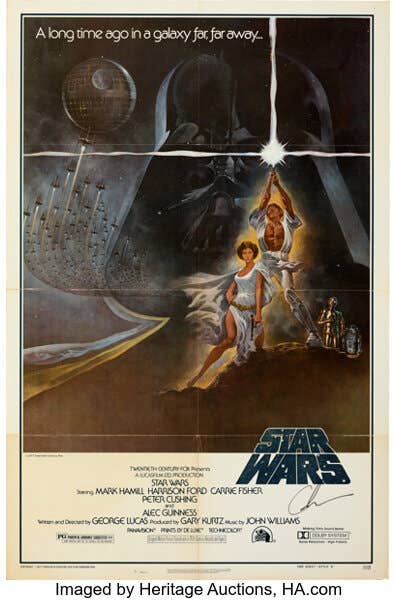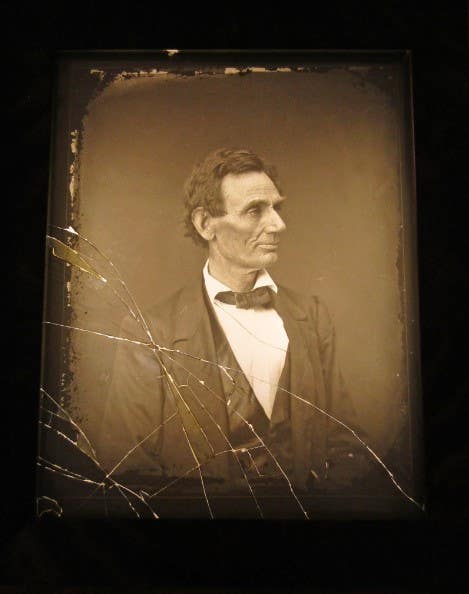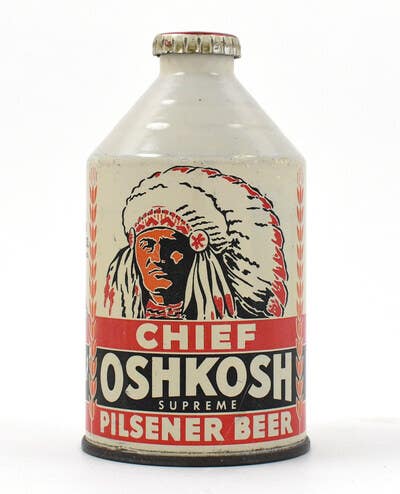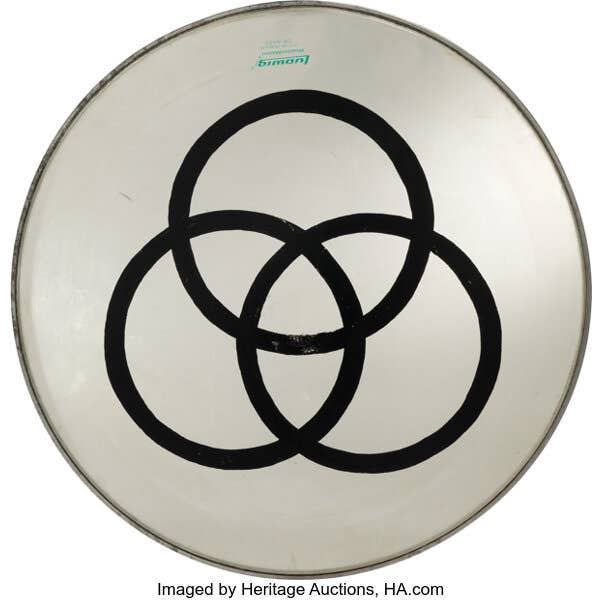Postcard Passion: Traveling the World Without Leaving Home
Postcards, providing a window to the world for more than a century, get their due during National Postcard Week in May. But collectors celebrate these picturesque beauties year round because looking back helps us to understand who we are today.
From documenting the momentous to the mundane, postcards have served as a means of communicating thoughts, feelings and opinions since they were popularized in 1869, when the Austrian Postal Administration authorized the world’s first Correspondz Karte.
Postcards of today are most often sent to offer salutations of a trip or vacation, purchased for 50 cents or a buck at tourist shops. Vintage ones are often locked away in musty trunks in the attic or discarded boxes in the basement, masking a rich legacy that lingers just beneath the surface.
“I call them ‘the universe in microcosm,’” said Rod Kennedy, president of the Metropolitan Postcard Club of New York City, the oldest continuously operated club of its kind in the United States, founded in 1946.
Early postcards — correspondence cards — were the brainchild of Dr. Emanuel Herrmann, an Austrian national economist who fancied that postcards could be an inexpensive way for soldiers to correspond with loved ones back home during the Franco-Prussian War.
In 1861, John P. Charlton invented and patented the private postal card. He sold his copyright to H. L. Lipman, who then released the Lipman’s Postal Card, a simple message card with a stamp box and address line on one side and a blank message space on the other, mainly used by advertisers. These were in use until 1873 when the U.S. issued the government postal card.
The Pioneer Era (1893-1898) of postcards was jump started at the Columbian Exposition in Chicago. Most cards of the late 1800s were privately printed and subjected to full-letter postage rates of two cents. Government-issued varieties could be sent for one cent. Cards from this time period had the address written on the back, with the front reserved for a brief message.
With only so much space available to compose a message, postcard senders had to let the card’s image do the talking. Collectors categorize postcards by topic, place, advertisements and photography.
“At the turn of the last century, it was very popular to put albums of postcards in living rooms and parlors. You could take a trip around the world without leaving your home,” Kennedy noted.
Kennedy said several skill sets went into the creation of postcards, including photography, colorizing of images, painting of scenes and the actual printing.
“There is interest in postcards because they give an intimate insight into the society that chose these specific images to reproduce,” Kennedy explained. “There is interest in postcards because not only do they provide a pictorial record of the way we once lived, but they help us understand who we are today. And there is interest in postcards because many are just attracted to their sheer beauty.”
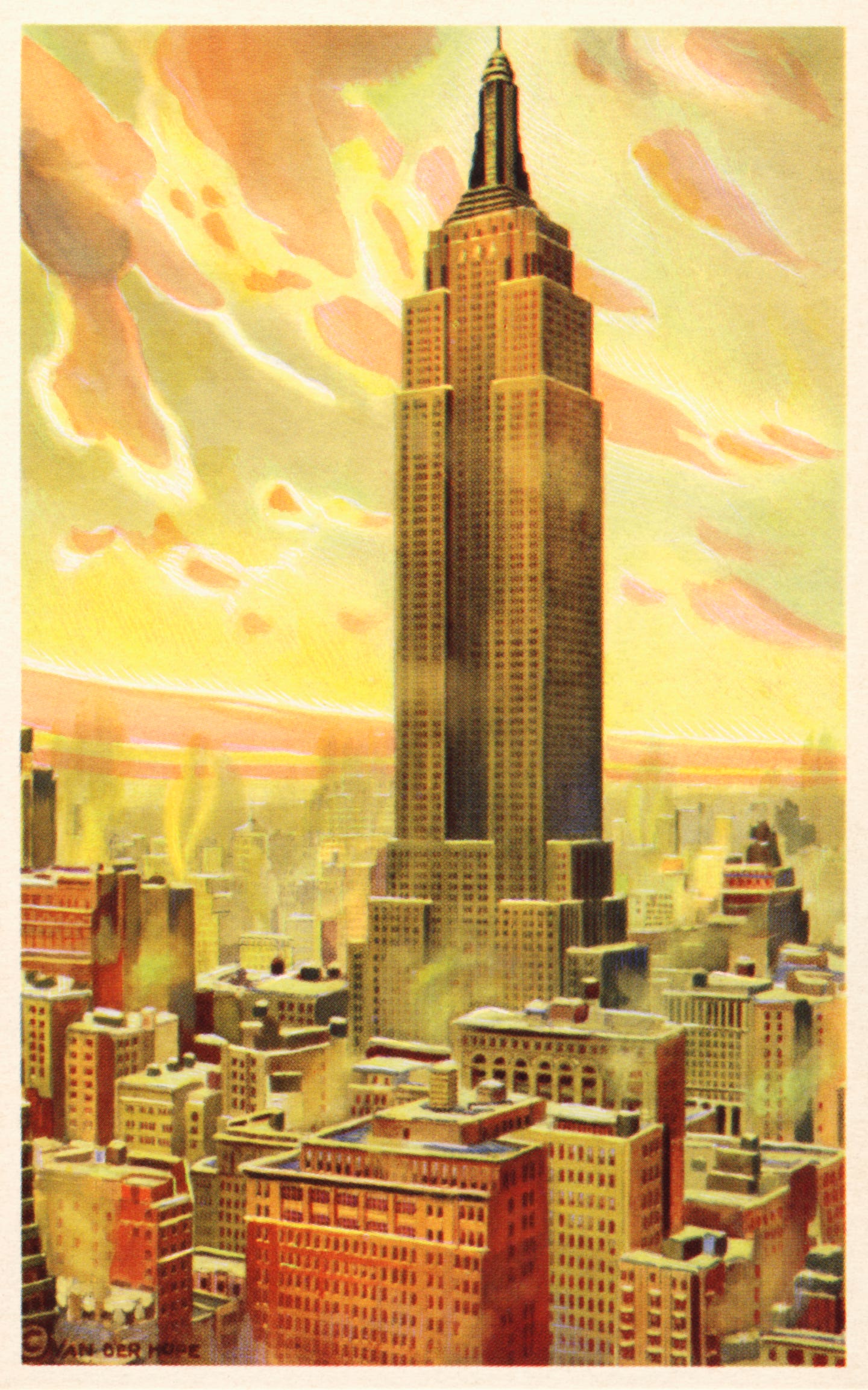
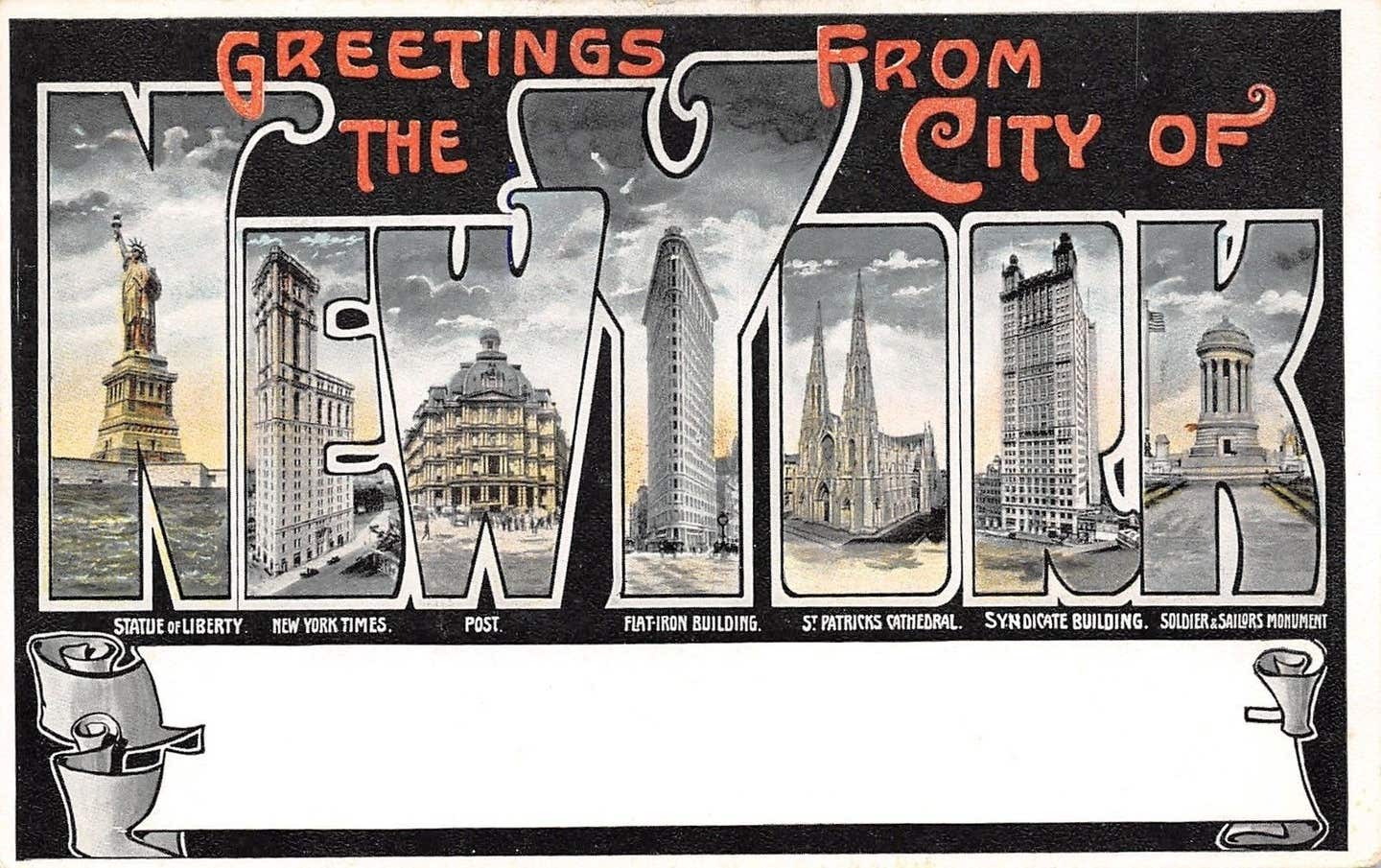
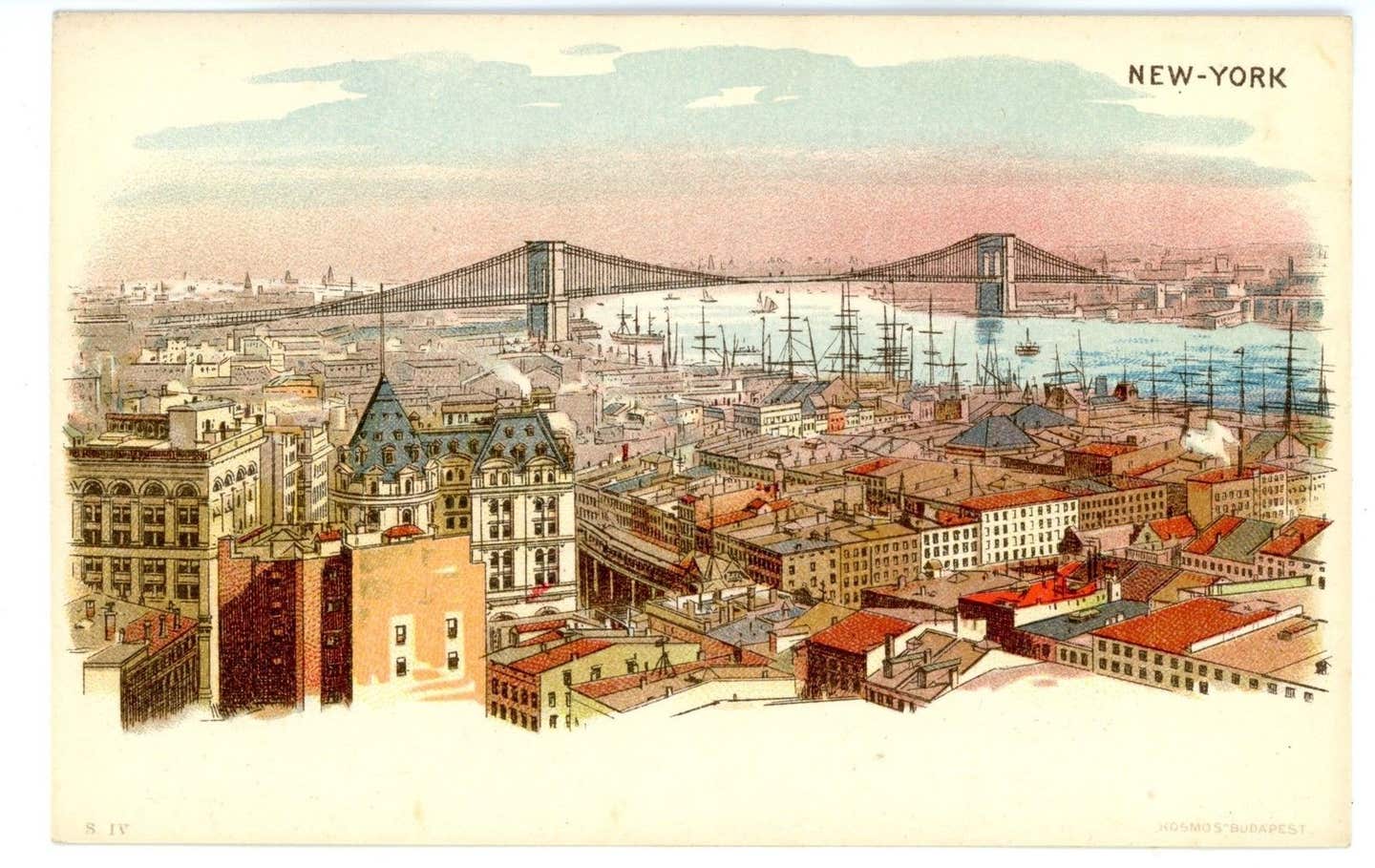
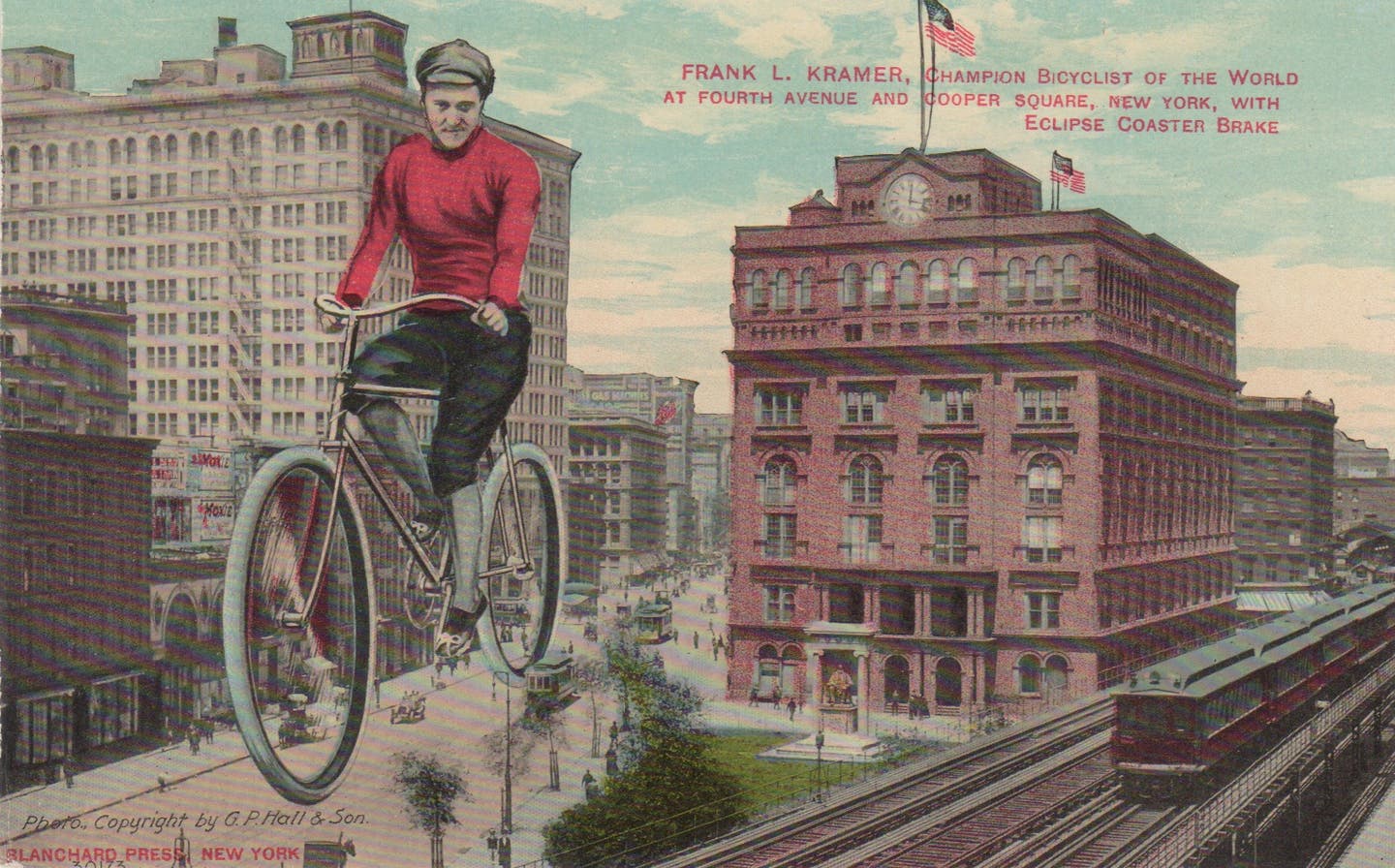
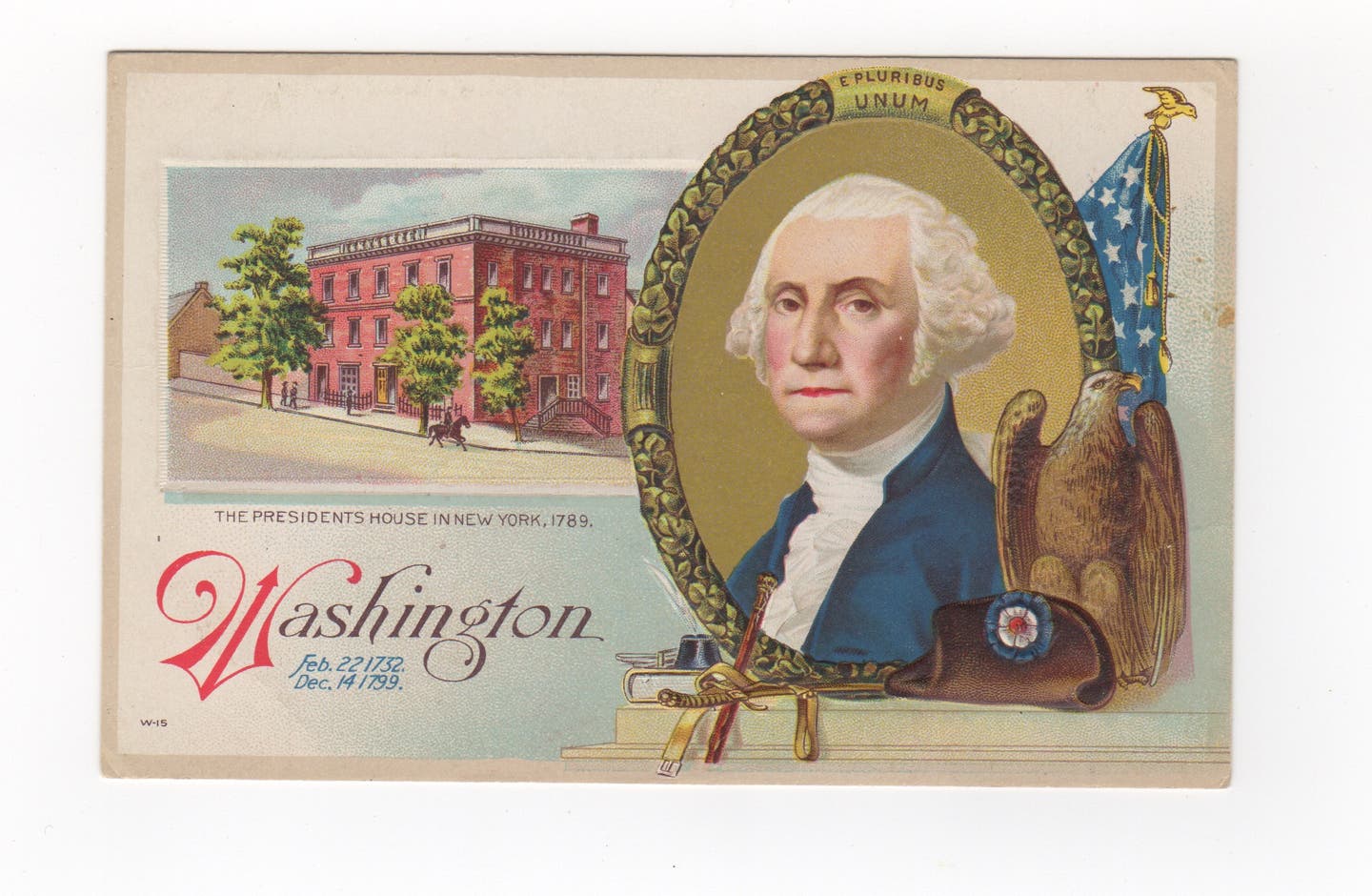
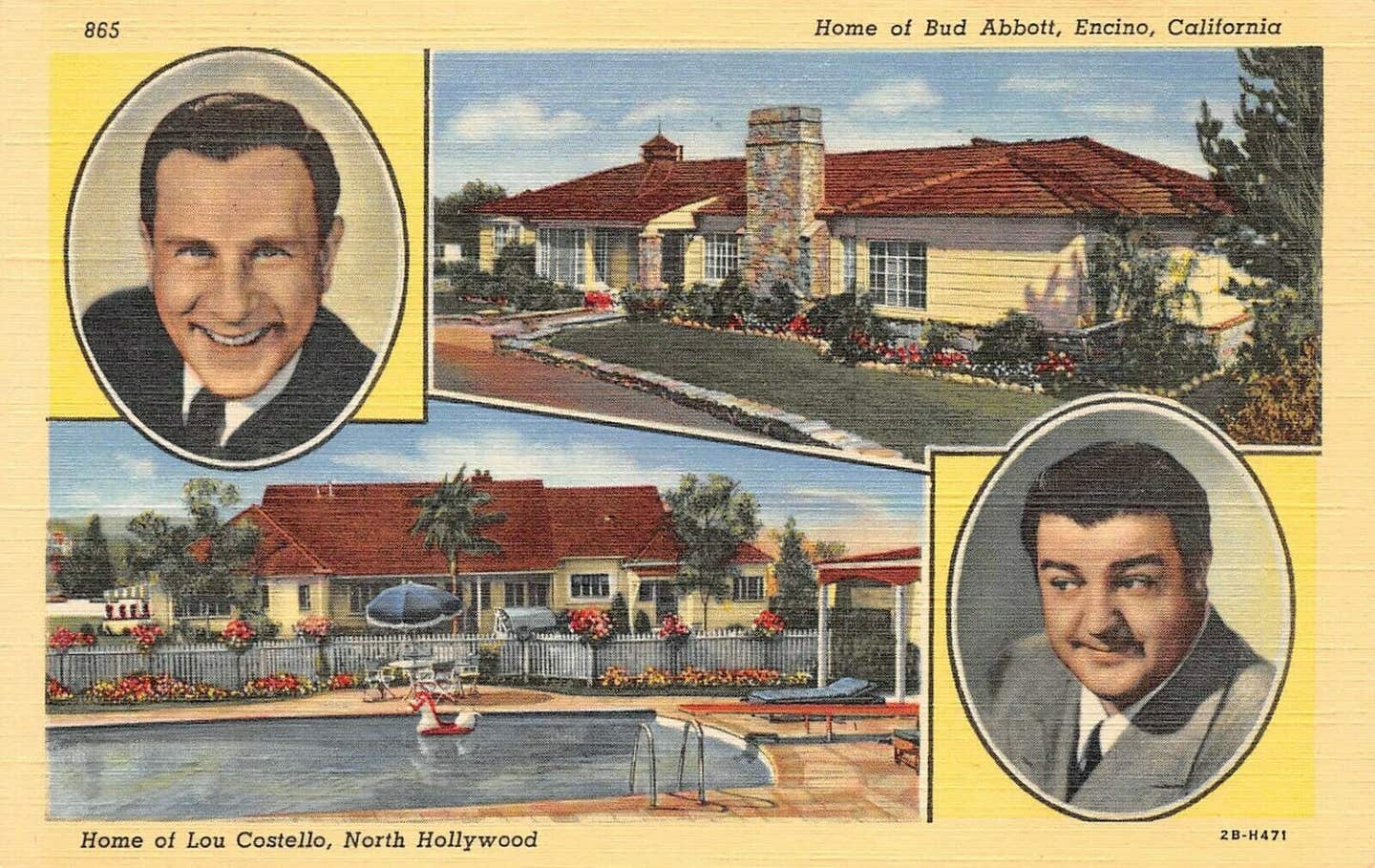
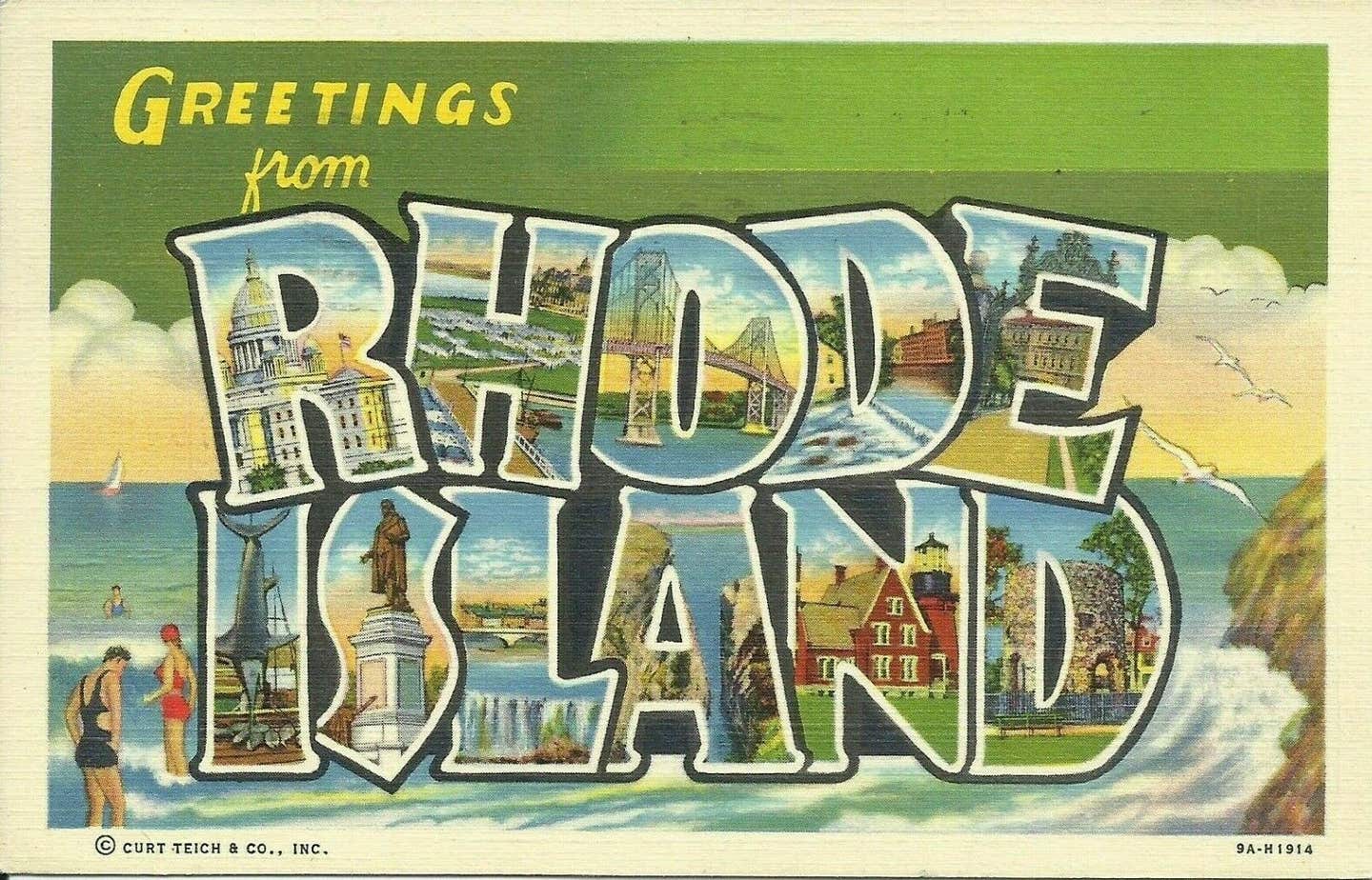
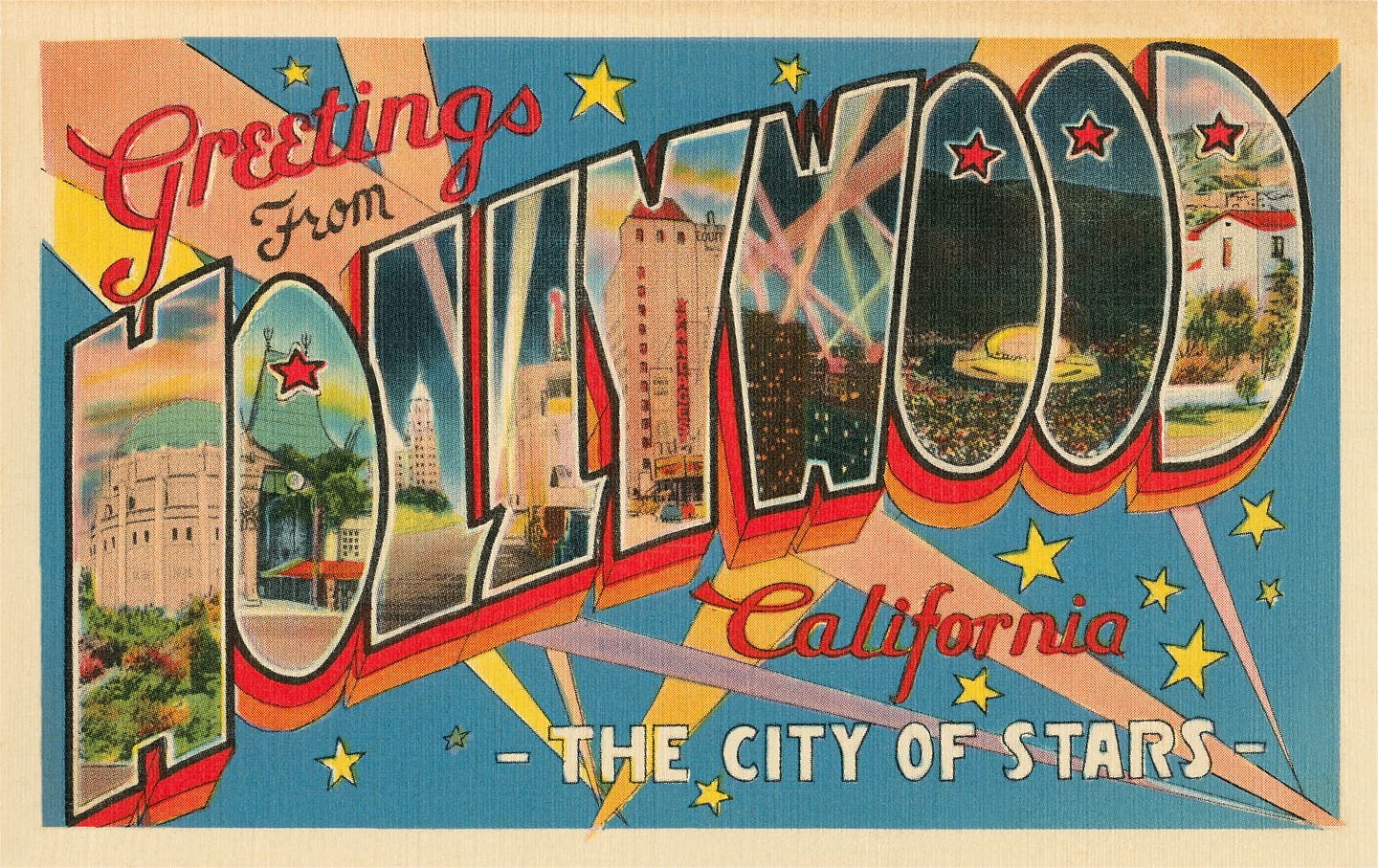
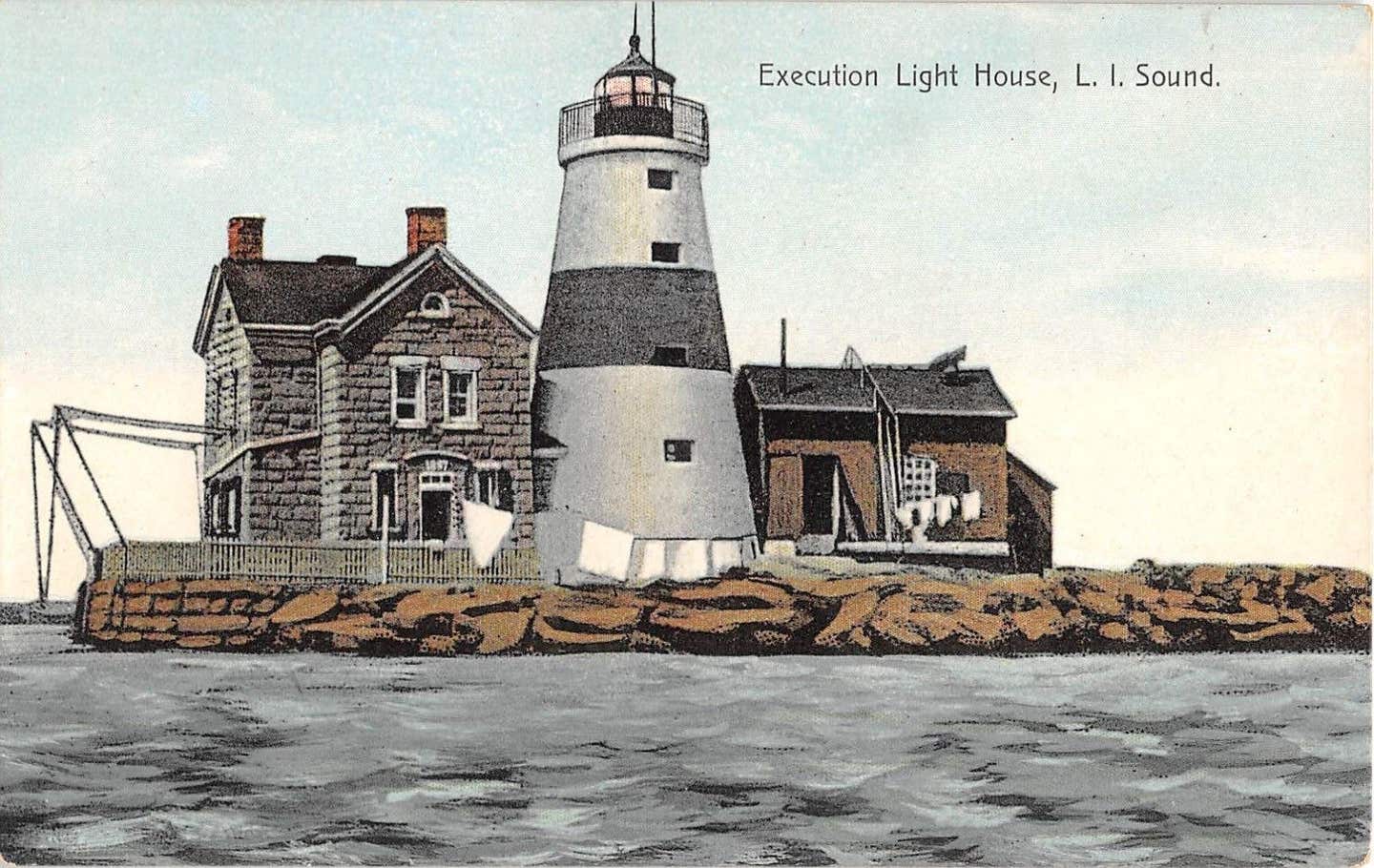
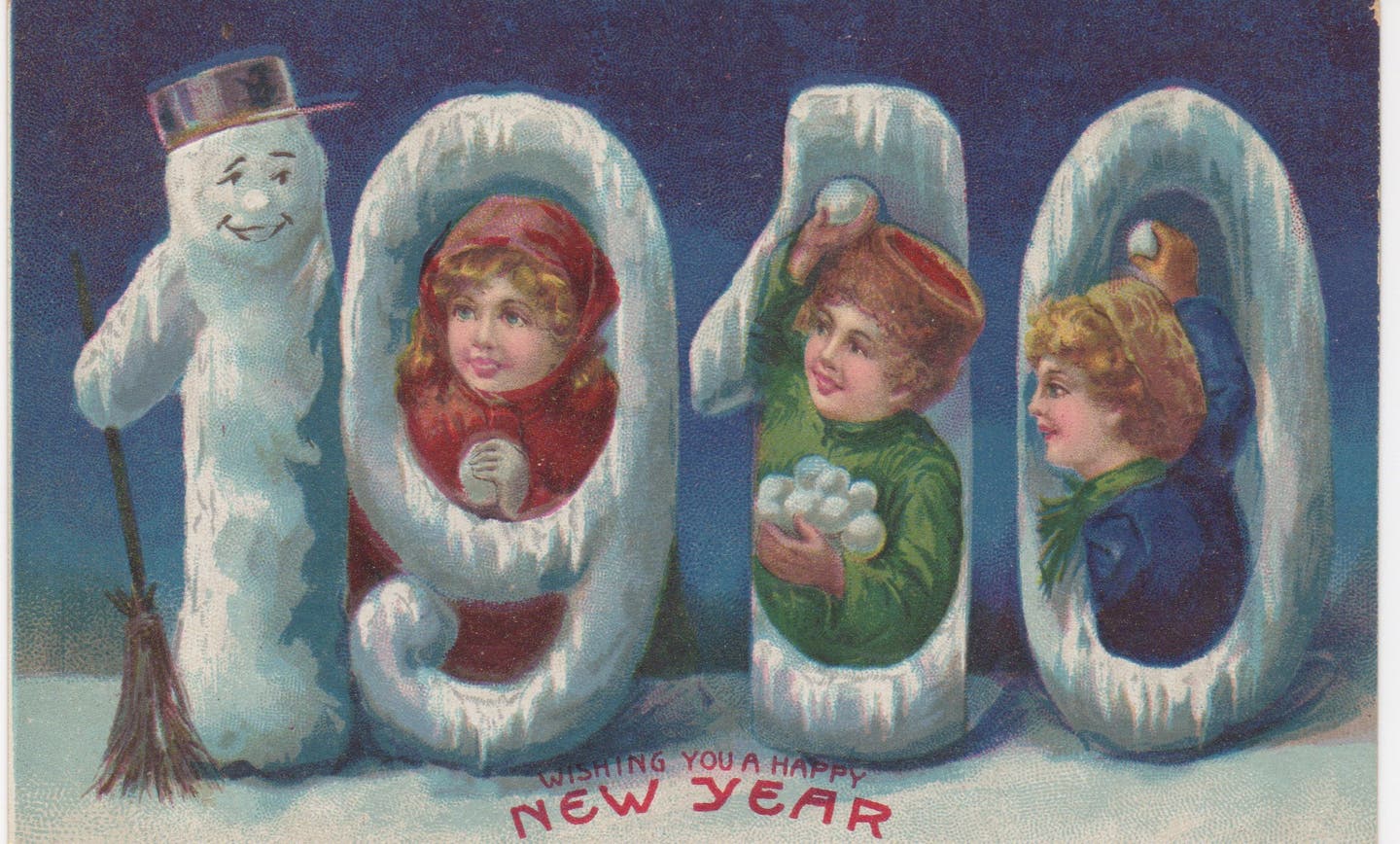

Deltiology, the study and collection of postcards, is a hobby the masses could enjoy at little monetary cost — if they didn’t mind the possibility of the messages being read by anyone other than the intended.
During the Private Mailing Card Era (1898-1901), companies were able to sell cards that could be mailed at the one-cent rate. These cards conformed to the dimensions of government postal cards: 3.25 inches by 5.50 inches.
Demaris Swint of Alamo, Texas, has been collecting postcards for more than 60 years. She is the former secretary-treasurer of the International Federation of Postcard Dealers (IFPD). She coordinates National Postcard Week, celebrated the first full week of May since 1984.
“I had some Japanese pen pals when I was in junior high. They sent me handmade postcards for Chinese New Year,” she said of what sparked her passion for the hobby.
With more than 200,000 postcards in her collection, she favors ones from foreign lands.
“There’s only one or two countries I don’t have postcards from,” Swint noted. “I have 5,000 from China. It’s a big hobby there.”
She travels the country attending different postcard shows and belongs to postcrossing.com. In the approximately seven to eight years she’s been involved with Postcrossing, she’s received over 3,000 postcards from other members.
She also has more than 5,000 recipe postcards, noting she enjoys cooking the various meals on the cards, and that the only one she hasn’t tried to make is haggis, a Scottish dish containing the internal organs of a sheep.
Kennedy said collectors should bear several things in mind when it comes to buying and selling postcards.
“I get calls and emails all the time about the value. People will say they have hundred-year-old cards, but that’s no indication of value,” he explained. “In fact, a lot of the really old cards, because there were so many of them, aren’t valuable. Monetary value is more about the condition, subject matter, quality of the image and who sent the postcard.”
Postcards written by famous people are also of interest. Not only do you get a celebrity’s autograph, you also glean some insight into his or her thoughts at the time.
A lot of postcard aficionados also collect stamps, and those stickers can increase the overall value of a postcard.
“The bottom line is, most postcards are not that good,” Kennedy revealed. “But it makes it fun to find a good one. As a collector, you start out not as discerning. Your eye gets better.”
Postcards can be found at flea markets, garage sales and antique stores, plus several online platforms. He said postcard clubs help ensure fair prices.
“In terms of buying, you get your best prices. A lot of dealers put out quarter-priced postcards. Incredible stuff. A dealer may be wanting to downsize his collection,” Kennedy said.
The Divided Back Era (1907-1915) is regarded as the Golden Age of postcards. This time period allowed postcards to be printed with a vertical line down the middle to provide room for both the address and message.
Four-by-6-inch Continental sized cards became popular in the U.S. in the 1970s, and are the type commonly made today.
Kennedy began collecting postcards in the 1990s.
“I was living in San Francisco as a writer/poet, and I had a friend living in New York, so I would send him postcards of the Golden Gate Bridge, and he would send me postcards of the Empire State Building,” Kennedy said.
Kennedy turned his passion for yesteryear into books: Lost New York in Old Postcards, Hollywood in Vintage Postcards and Monopoly: The Story Behind the World’s Best-Selling Game, among others.
“It’s not just about managing a club, buying and selling,” Kennedy said. “Postcards have great historical and creative value. I want to see them get the respect they deserve in museums and historical societies, in terms of permanent exhibits.”
For more information about the club, visit: www.metropolitanpostcardclub.com. It holds monthly meetings and shows twice a year.
Swint suggests folks interested in the postcard hobby visit www.marylmartin.com, the world’s largest postcard shop.
You can reach Swint at ezrestexas@aol.com. To celebrate National Postcard Week, if you send Swint a postcard, she’ll return the favor:
Demaris Swint
P.O. Box 746
Alamo, TX 78516



